Seven months before the fast-attack submarine Connecticut struck an undersea mountain while operating in the South China Sea Oct. 2, multiple crew members told Navy Times that things weren’t right on their elite and secretive boat.
Those sailors — assigned to one of just three Seawolf-class subs — spoke of a longstanding feeling that their command and the higher ups didn’t care about them; all that mattered was making the mission.
“The crew is tired from constant underways, a constant hurry-up-and-push mentality that’s just been going on for years on end,” one petty officer told Navy Times.
Released this week, Big Navy’s command investigation into Connecticut’s nearly fatal grounding on the floor of the South China Sea last fall echoes those sailors’ morale concerns, while raising troubling questions about the readiness of the boat and its leadership as higher echelons pushed the ship out onto deployment in the spring of 2021.
RELATED
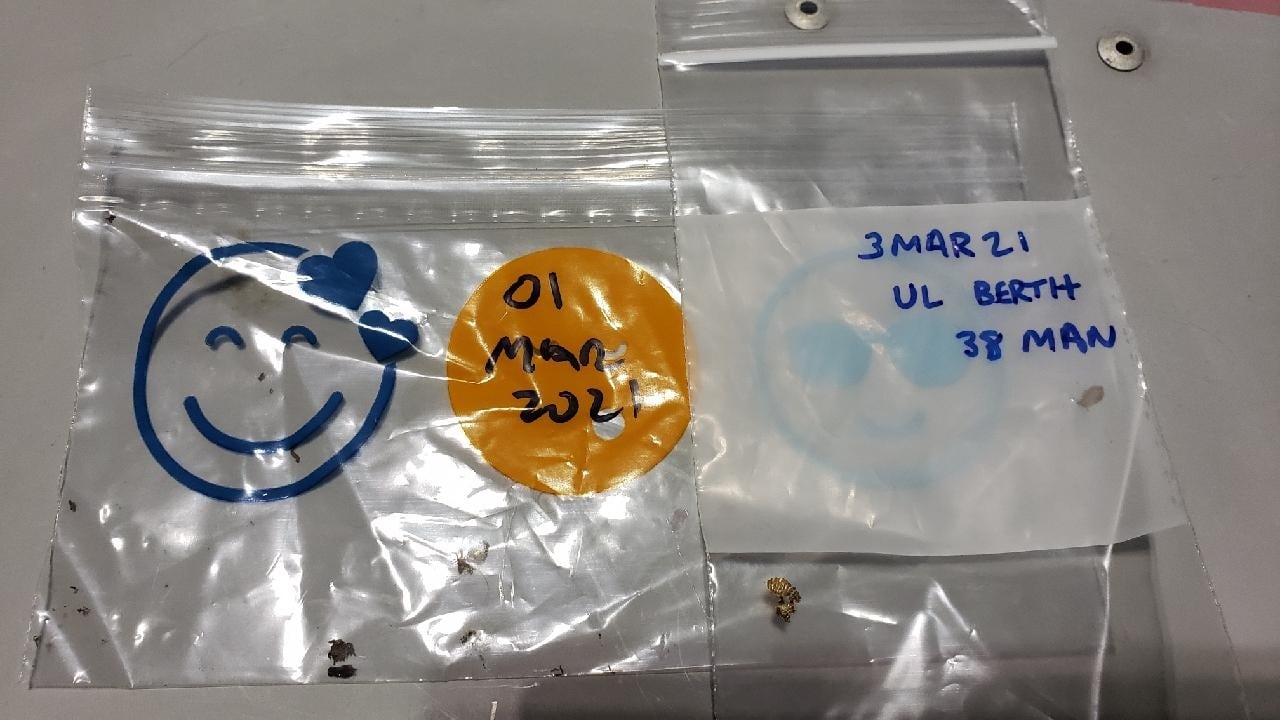
Aside from showing just how close the crew came to dying on the ocean floor via a series of preventable missteps, the investigation lays out how the ship’s commanding officer, Cmdr. Cameron Aljilani, had been counseled several times during his less than two years in command and had received a “letter of instruction,” or LOI, documenting substandard performance.
It reveals for the first time how Connecticut struck a pier while mooring at Naval Base Point Loma in San Diego six months before the near-fatal grounding, and then was deployed before the investigation into that Class A mishap had even wrapped up.
Led by Rear Adm. Christopher Cavanaugh, a submariner and Maritime Headquarters director for U.S. Pacific Fleet, the investigation indicates that higher commands did not act upon red flags suggesting the Connecticut leadership was not up to the task.
“Although the Connecticut CO, XO, and department heads were fully qualified for their assignments, this was a particularly weak team,” Cavanaugh wrote.
While different in several vital respects, some of the investigation’s findings bear similarities to those made following the fatal collision of the warship Fitzgerald five years ago: namely, the need for a ship to deploy versus that ship’s readiness to go.
“This investigation highlighted the tension between the imperative operational requirement for Connecticut to deploy on time against the ship’s overall readiness to deploy,” U.S. Pacific Fleet commander, Adm. Samuel Paparo, wrote in his April 11 endorsement of the investigation.
While the investigation makes clear that the accident was preventable and had multiple causes, it also raises questions about oversight of the sub and its command, according to Bryan Clark, a retired submariner and current director of the Hudson Institute’s Center for Defense Concepts and Technology.
“It was an accident that could have been predicted by the poor command climate, multiple interventions with the CO, and the (San Diego) allision,” Clark told Navy Times.
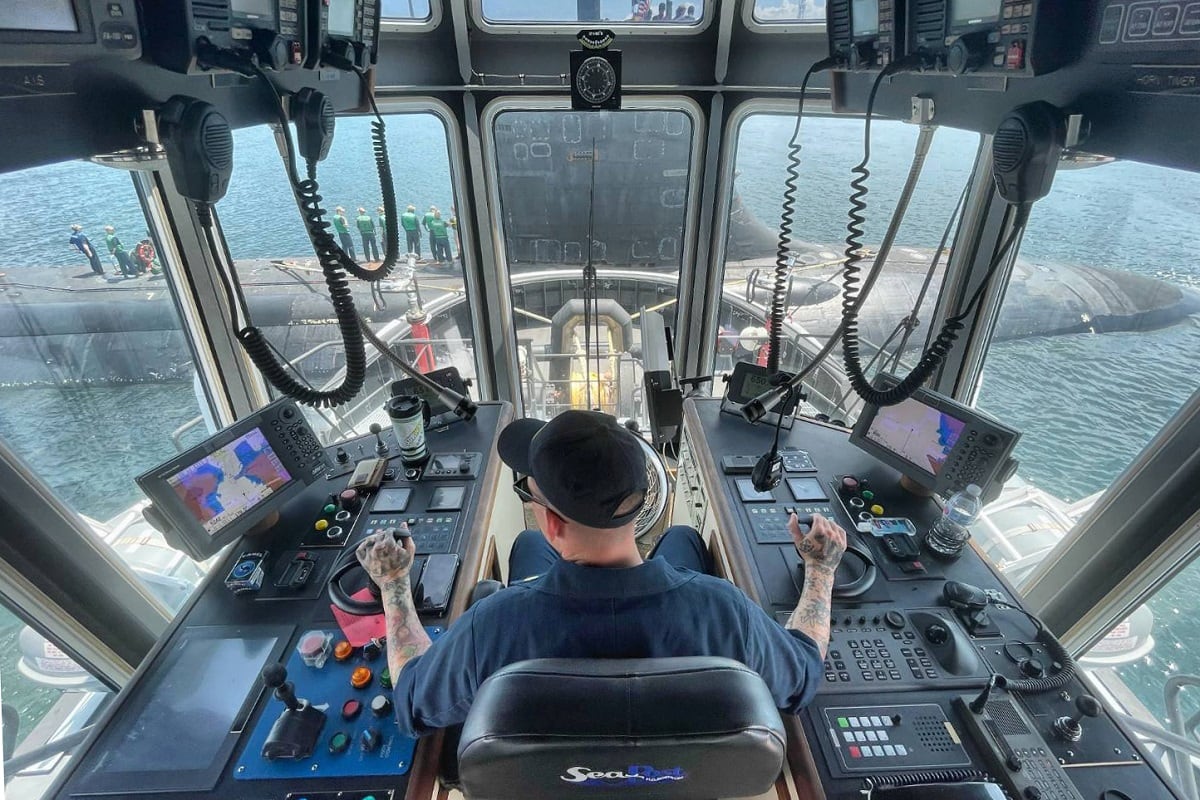
Connecticut’s immediate superior commands at Submarine Development Squadron 5 and Submarine Force Pacific “should address why this situation was allowed to fester,” he said.
SUBPAC spokeswoman Cmdr. Cynthia Fields said in a brief statement Tuesday that “the chain of command determined the CO should remain in command based on all the facts.”
The investigation cautioned that such an event could have led to the loss of the ship and every soul on board, and it praises the crew for their actions in getting the ship to the surface and back to Guam.
“Grounding at this speed and depth had the potential for more serious injuries, fatalities, and even loss of the ship,” the investigation stated.
During that deployment to some of the world’s hottest geopolitical waters, Connecticut operated with a janky forward bottom sounder that required regular repair by the crew while underway, according to the investigation.
The investigation also reveals that the stricken sub struggled to surface after the mishap, and that 50 sailors — nearly 40 percent of the crew — sought mental health treatment after the harrowing ordeal.
It makes passing reference to cratering morale among the crew, issues exacerbated by a bruising operations tempo.
Connecticut was away from home for 67 percent of the 784 days that Aljilani was in command, according to the investigation.
That amount of time away is “well above the norm,” according to Clark, the retired submariner.
“Fleetwide subs average 25 percent of their time deployed over a two-year cycle and may be away from home 40 to 50 percent of the two years if they get underway frequently for local ops or conduct a maintenance period away from home,” he said.
SUBPAC spokeswoman Fields declined to answer questions regarding Connecticut’s tempo, writing that “for operations security, we do not discuss operational plans and schedules.”
That cycle, known as the Fleet Response Training Plan, “resulted in high operational and personnel tempo, but it did not cause or contribute to the grounding,” the investigating officer Cavanaugh wrote.
But the commander of the Japan-based U.S. 7th Fleet, Vice Adm. Karl Thomas, modified that finding in his November endorsement of the investigation, noting that Connecticut’s plan “did result in a high operational and personnel tempo that negatively impacted crew morale.”
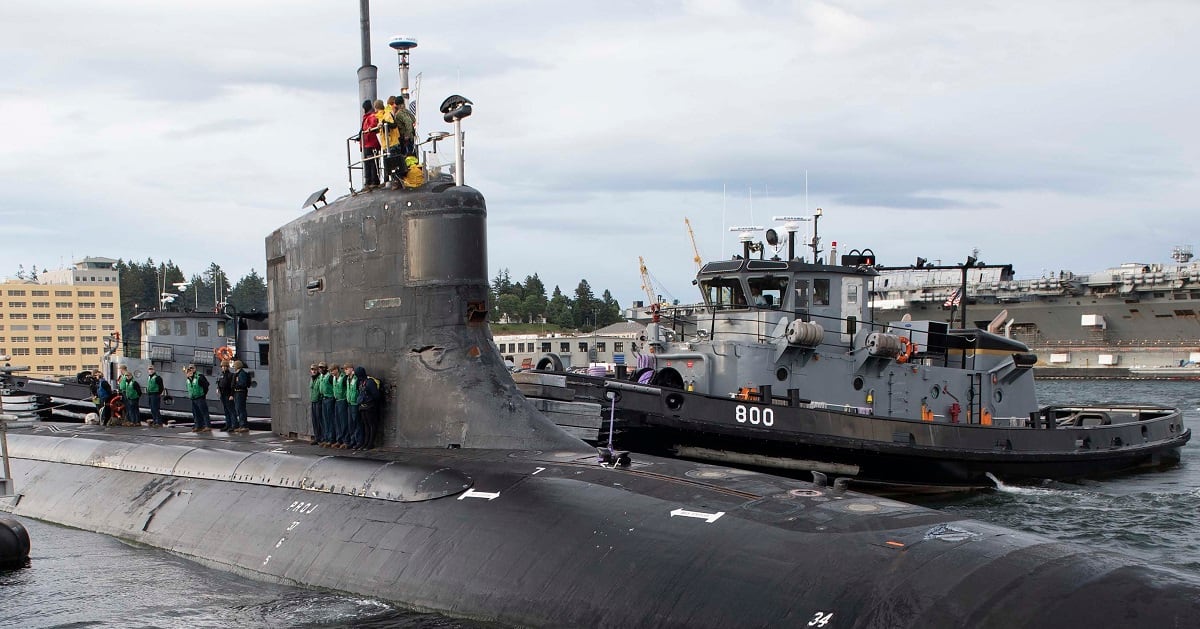
“While no factors beyond the ship’s control directly caused the grounding, USS Connecticut’s grounding provides an opportunity to critically assess our pre-deployment processes and implement lessons learned to ensure this never happens again,” Thomas wrote.
The Navy portrayed injuries to 11 shipmates in the collision as minor in the weeks following the grounding, but the investigation reveals that one sailor broke his scapula, or shoulder blade, while another suffered a head laceration and concussion.
The ship limped to Guam and finally made it home to Bremerton, Washington, a few days before Christmas.
A month after the harrowing mishap, Aljilani, his second-in-command, Lt. Cmdr. Patrick Cashin, and the chief of the boat, Master Chief Sonar Technician Cory Rodgers, were all relieved.
RELATED
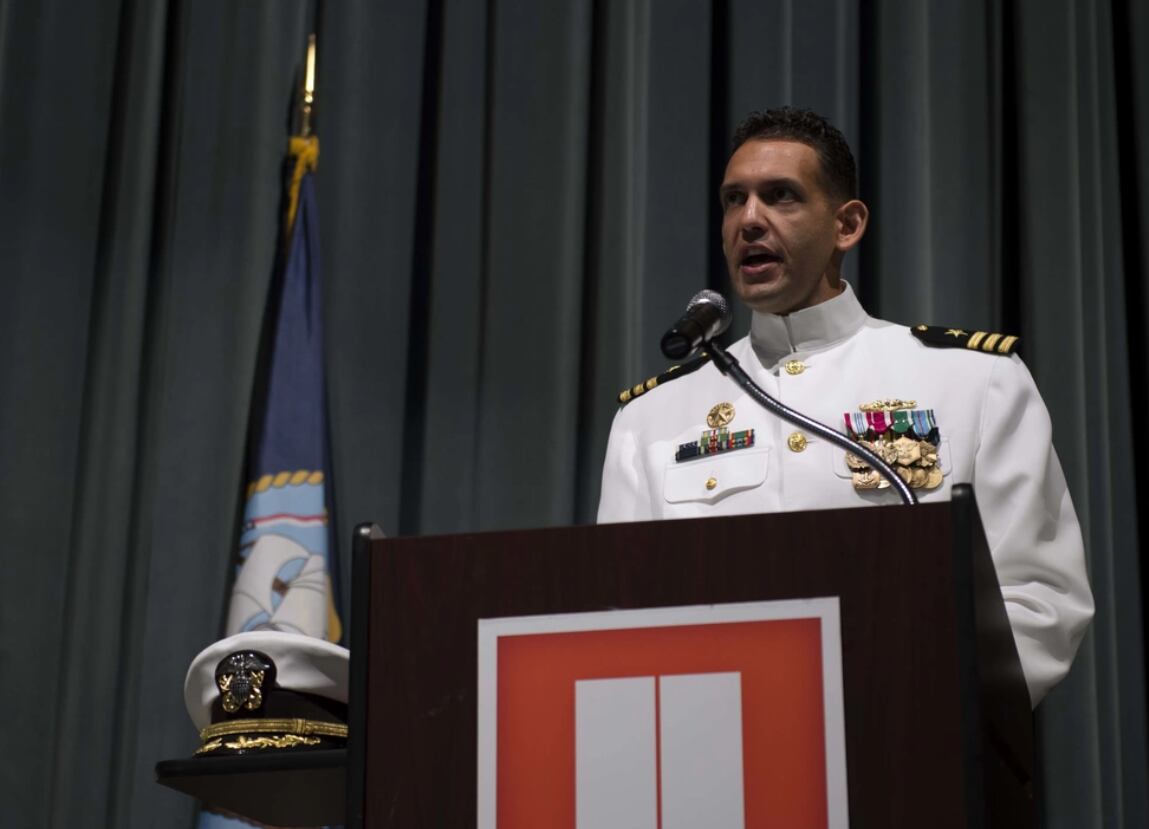
Seventh Fleet commander Thomas also took Aljilani to admiral’s mast on charges of dereliction of duty through neglect and improper, negligent hazarding of a vessel, for which the former CO received a punitive letter of reprimand.
Cashin went to mast on a dereliction of duty through neglect charge and received a punitive letter of reprimand.
Thomas took the navigator, assistant navigator and officer of the deck at the time to mast and issued them punitive letters, though their names are redacted in his November endorsement of the probe.
Big Navy cited classified information as the justification for widespread redactions in the public copy of Cavanaugh’s investigation, blacked-out boxes that impede a full understanding of the disaster’s contours.
An entire section entitled “risk management” is blacked out, as is the entire section on “accountability” for the Japan-based Submarine Group 7, which was commanding Connecticut at the time.
But text redactions aside, the investigation nonetheless found that the mishap was preventable and not caused by any “single action or inaction.”
Warning signs
Aljilani took command of Connecticut in August 2019.
Less than a year later, he was “formally counseled” in July 2020 due to “inadequate supervisory oversight, ineffective accountability practices and superficial self-assessment,” the investigation states.
In February 2021, Connecticut’s immediate superior command, Submarine Development Squadron 5, issued a formal letter of instruction to Aljilani “directing him to address the command’s overall performance, lack of improvement and reluctance to accept feedback.”
The retired submariner Clark said it was “extremely unusual” for a CO to get counseled, receive a letter of instruction and still retain command.
“Any one of these would be a career-ender for a CO, even if he or she made it to the end of their tour,” Clark said. “Very few COs receive even one counseling or LOI. This ship was not performing well for the CO’s entire tour.”

Less than two months after Aljilani received the LOI, Connecticut struck the Point Loma pier on April 14.
“The ship conducted a safety stand-down to address these problems, but it was not adequately focused on addressing the root causes of the allision,” the investigation states.
The sub’s leadership “peaked to perform at standards” when being inspected or evaluated, the investigator wrote, but didn’t carry that level of performance over to its day-to-day operations.
While such a mishap could have been an anomaly, Clark said, “the fact it came after the CO had already been counseled and given a LOI on his and the ship’s performance should have been a signal to SUBPAC that the crew was not operating well and was perhaps not ready for deployment.”
Submarine Development Squadron 5′s investigation into the pier allision wrapped on May 18, with the investigating officer recommending that Aljilani, XO Cashin, the navigator, the officer of the deck and the assistant navigator “receive administrative or disciplinary action for dereliction of duty.”
The investigation does not make clear whether those individuals were disciplined.
But a few days later, while endorsing the investigation, the development squadron CO noted that “while this investigation revealed degraded standards in navigation, planning, poor seamanship and ineffective command and control, it represented an anomalous performance and not systematic failure.”
RELATED

Squadron leadership went on to certify “the safe navigation of the ship through all phases of submarine operations,” and counseled the ship’s leadership team on May 25.
The boat completed all its pre-deployment repairs the following day and deployed on May 27, “ahead of schedule.”
Precisely which development squadron commander greenlit the Connecticut for deployment remains unclear.
Capt. Gary Montalvo took command of the unit on May 21, replacing Capt. Lincoln Reifsteck.
SUBPAC spokeswoman Fields did not respond to questions seeking clarity on who made this decision by Navy Times’ deadline Tuesday.
SUBPAC approved the pier allision investigation less than a month later, when the ship was already deployed.
The head of Submarine Squadron 7, which commanded the deployed Connecticut, later told investigators he was “not aware of the pier allision or the associated command investigation prior to Connecticut entering” the waters of the Japan-based U.S. 7th Fleet.
While the name of Sub Squadron 7′s CO is redacted in the investigation, public records indicate that Rear Adm. Leonard Dollaga commanded the unit from August 2020 to last month.
That leader told investigators he “was surprised there was little discussion on this issue given the fact that the investigation report was endorsed after the ship deployed.”
But SUBPAC and Submarine Group 7 leaders disagreed on whether Submarine Development Squadron 5 briefed them on the pier allision, according to one command endorsement.
Development squadron and Sub Group 7 members undertook a “check ride” with Connecticut after it deployed and conducted several sounding drills, with the evaluation team noting that “watchstanders did not fully investigate why the ship received the simulated abnormal soundings.”
In his endorsement to the South China Sea mishap investigation, PACFLEET commander Paparo wrote that Submarine Development Squadron 5, SUBPAC and Submarine Group 7 “missed critical opportunities to identify and correct root causes of operational deficiencies.”
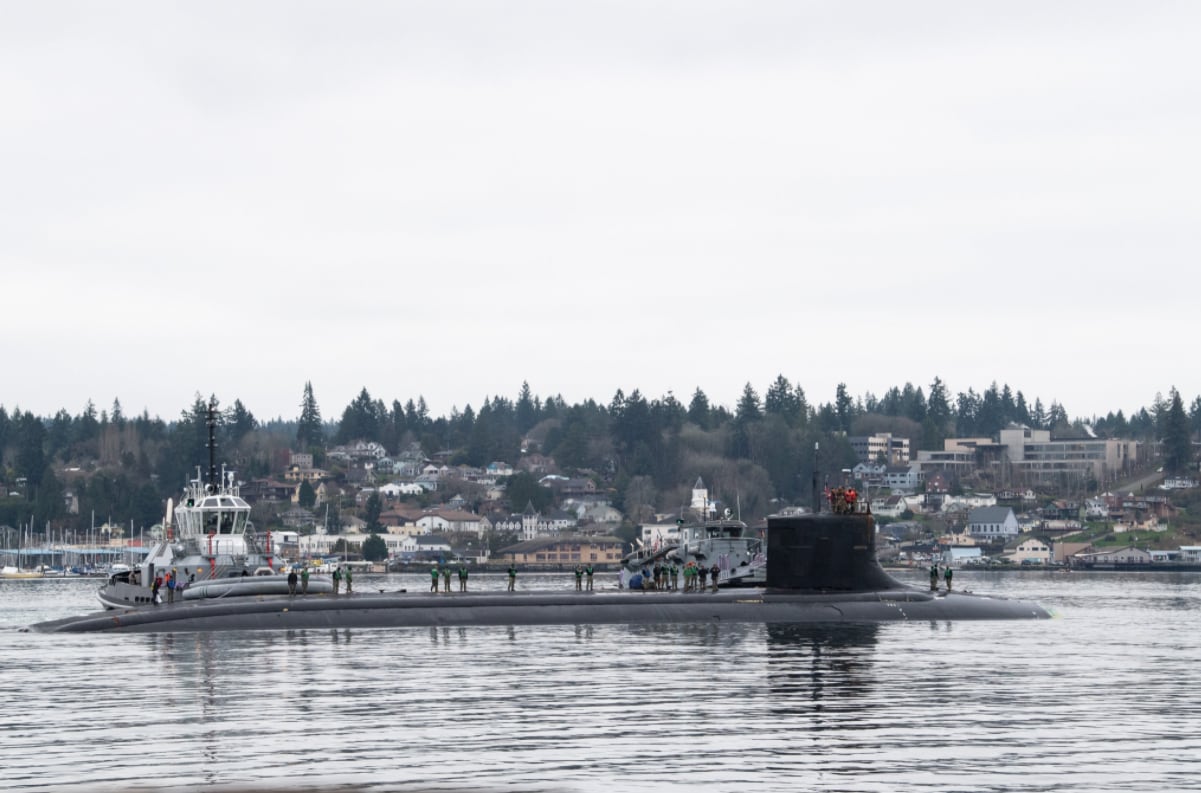
The mishap
The public still doesn’t know precisely where Connecticut was in the South China Sea when the mishap occurred.
But the investigation indicates the sub was conducting a “humanitarian evacuation,” or HUMEVAC, at the time of the grounding, a mission that “was within Connecticut’s ability to plan and execute.”
No further information on this HUMEVAC is mentioned in the unredacted portions of the investigation, although it notes that the submarine was headed for Okinawa, Japan, at the time of the collision.
It was transiting near a stretch of ocean floor that had not been surveyed for topography and, for reasons that remain unclear, Connecticut was in need of some maintenance.
It was slated to receive parts “during the planed (humanitarian emergency evacuation) or to be diverted to Guam for in-port repairs,” the investigation states.
The navigation plan on the day of the grounding did not meet safe standards, investigators found, and the review team failed to properly mark or identify several charted hazards in the vicinity.
RELATED

“The grounding was preceded by multiple unusual readings and lost soundings,” the retired submariner Clark said after reading the report. “It was not a precipitous event. The watch team, command team and CO had multiple opportunities to go shallow, slow down or turn away from possible hazards.”
Aljilani opted to use a temporary route instead of updating the navigation plan, according to the investigation, a move that prevented others from weighing in on voyage planning and would later compound “all other navigation errors and omissions.”
The CO later told investigators he had verbally approved that temporary route and described it as his “commander’s intent,” adding that “he was not concerned when the watch team conned around charted but unmarked navigation hazards near the track or altered it on several occasions.”
The navigation team “incorrectly assessed” the sub would be transiting an open ocean environment.
“They should have recognized the ship would be in restricted waters based on the planned track passing near multiple navigation hazards,” according to the investigation.
That quartermaster of the deck, or QMOW, and the officer of the deck “were complacent with the inability to obtain soundings at high speed and were generally not sensitive to the risk of grounding,” according to the investigation.
At several points during his watch, the QMOW should have recommended the boat reduce its depth and speed — the report suggested the boat was going 24 knots at the time of the collision — and shifted to a non-secure fathometer mode to better understand where they were relative to the sea floor.
That he did not do so was perhaps not surprising, however. The investigation found that the CO, his XO, navigator and assistant navigator failed to self-assess “and hold personnel accountable for previous navigation deficiencies.”
The officer of the deck, or OOD, later told investigators that he was at one point concerned by “shallower-than-expected soundings” but saw no need to take action.
The investigation does not indicate the exact time when the sub struck the sea floor, but the OOD ordered the sub to head for the surface at 6:18 a.m. Greenwich Mean Time.
The diving officer of the watch did not hear the order to change depth, however, and within a minute or so the crew was having issues with their sonar and other systems, according to the investigation.
The sub started toward the surface at a 31-degree angle.
As the chief of the watch stood by to conduct an emergency main ballast tank blow, the OOD ordered an “All Stop” to reduce the sub’s ascent rate. But the diving officer “did not receive or acknowledge the order,” the investigation states.
The ship reached a depth of 36 feet, and the chief of the watch tried to “deballast” the ship by pumping water out of the auxiliary tanks, but the system failed.
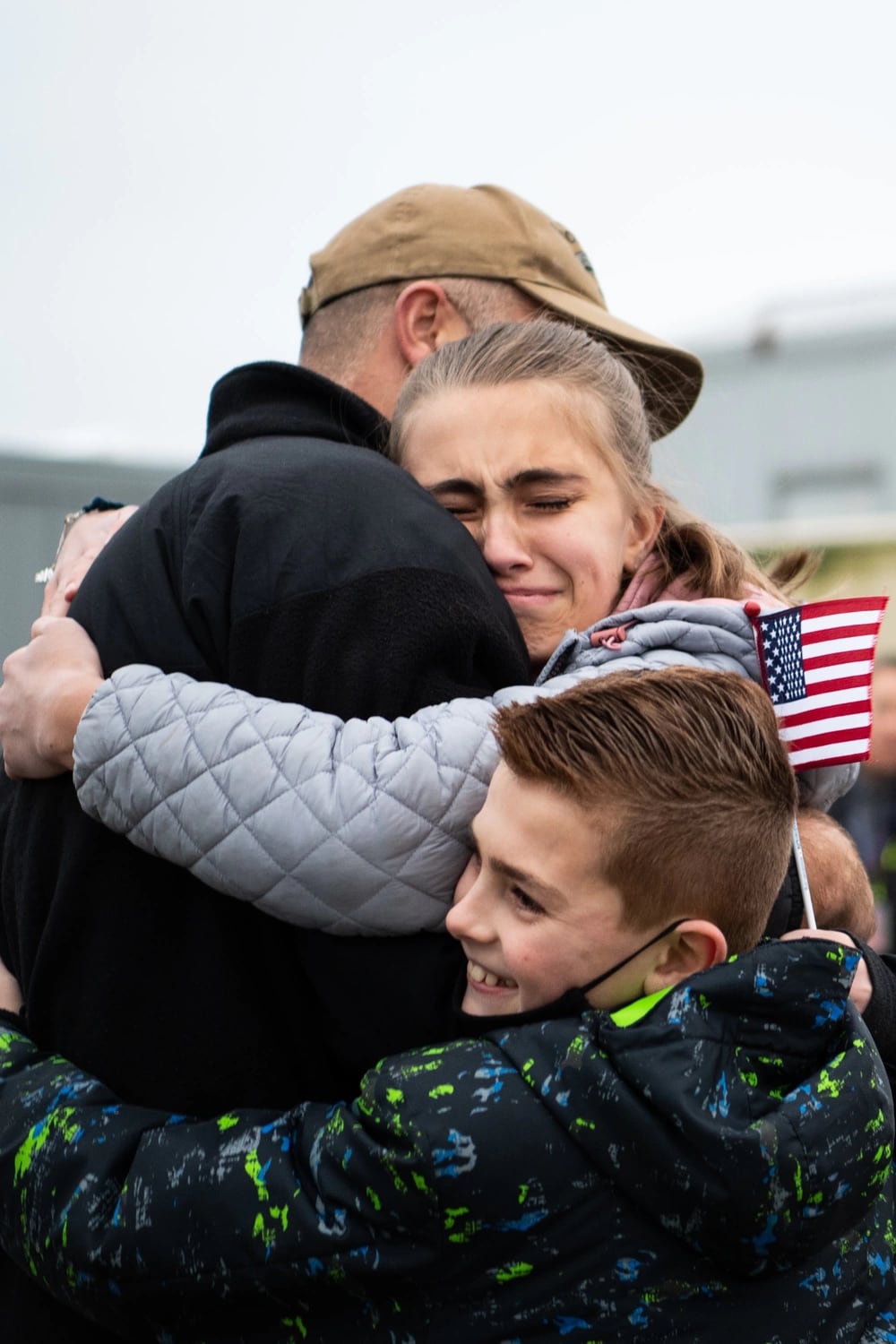
Four minutes later, Connecticut slowed to a halt and started sinking.
It was at a depth of 74 feet at 6:24 a.m., when Aljilani ordered an emergency ballast tank blow.
At one point, a pump’s motor controller failed, and started smoking and glowing red. But a few minutes later, trim pumps were restored, and about 100,000 pounds of water were expelled to de-ballast the ship, allowing it to surface.
As the crippled vessel headed for Guam, “divers found rocks” in main ballast tanks 1A and 1B, Cavanaugh wrote.
After surviving the grounding, the watch team “made several mistakes that put the ship at greater risk,” Clark said.
“By going right to the surface, they risked a collision with ships on the surface,” he said. “And by not using depth control or better managing the trim and drain system, they risked losing depth control once they had broached.”
Sometime during Connecticut’s limp in to Guam, the bow dome housing broke off.
Connecticut was also operating without a fully working forward bottom sounder, a bit of kit that helps a sub’s crew figure out where they are.
The investigation states that a working bottom sounder would not have prevented the grounding. It would have only provided a few extra seconds of warning, since the ship has an aft bottom sounder.
“However, recurring material deficiencies with both bottom sounders may have contributed to the watchteam questioning fathometer indications and delaying action,” the investigation states. “Connecticut attempted to troubleshoot and repair the forward bottom sounder throughout the deployment and received appropriate technical support.”
While personnel interviewed for the investigation “indicated bottom sounder reliability is a class-wide problem” in the three Seawolf-class subs, the December endorsement of the report by SUBPAC commander Rear Adm. Jeffrey Jablon cites Naval Sea Systems Command data indicating the bottom sounder issue is not a class-wide problem.
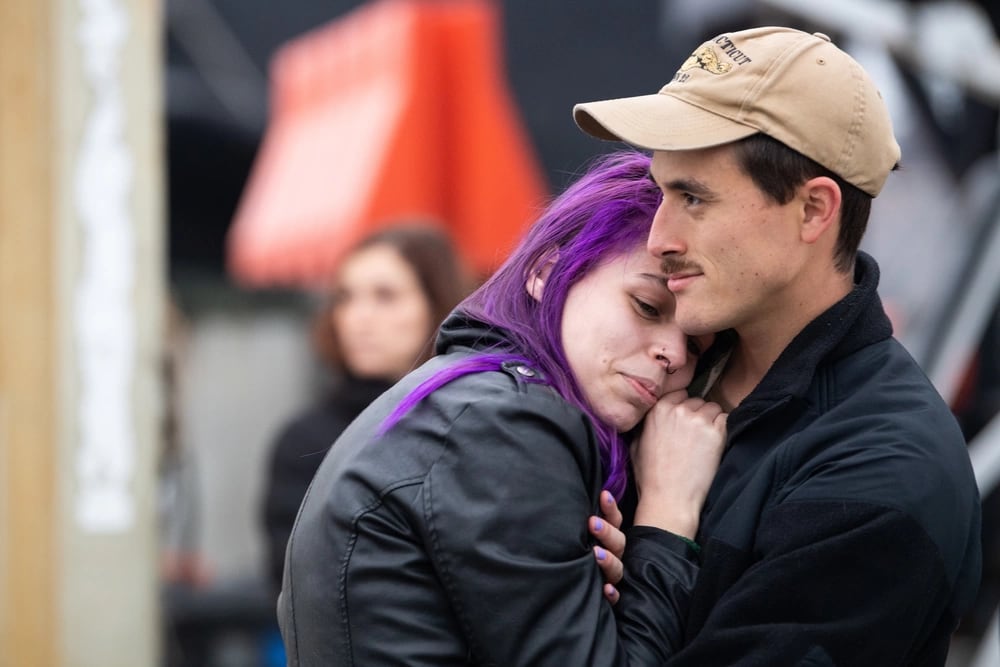
The aftermath
The submarine community underwent a community wide “navigation stand-down” following the Connecticut mishap, focusing on the kinds of fundamentals that nearly doomed Connecticut.
“We can and we must do better,” PACFLEET commander Paparo wrote in his endorsement. “If there is a doubt, leaders must prioritize safety by applying the time and resources to fix the problem, or otherwise seek the necessary time and resources from higher authority.”
Cavanaugh recommended that pre-deployment training scenarios be revamped to include “sufficiently challenging navigation scenarios in open ocean and restricted waters stressing chart accuracy and pedigree, loss of soundings, soundings that do not check with the chart, and uncharted features.”
In his January endorsement of the investigation, the head of U.S. Submarine Forces, Vice Adm. William Houston, noted that the community “has room for improvement in the deployment, training and certification process with respect to navigation.”
A “Fleet Response Training Plan Wholeness Review” aimed to look at the entire training and certification model was scheduled to be completed this past March, according to the SUBFOR endorsement.
Geoff is the managing editor of Military Times, but he still loves writing stories. He covered Iraq and Afghanistan extensively and was a reporter at the Chicago Tribune. He welcomes any and all kinds of tips at geoffz@militarytimes.com.





